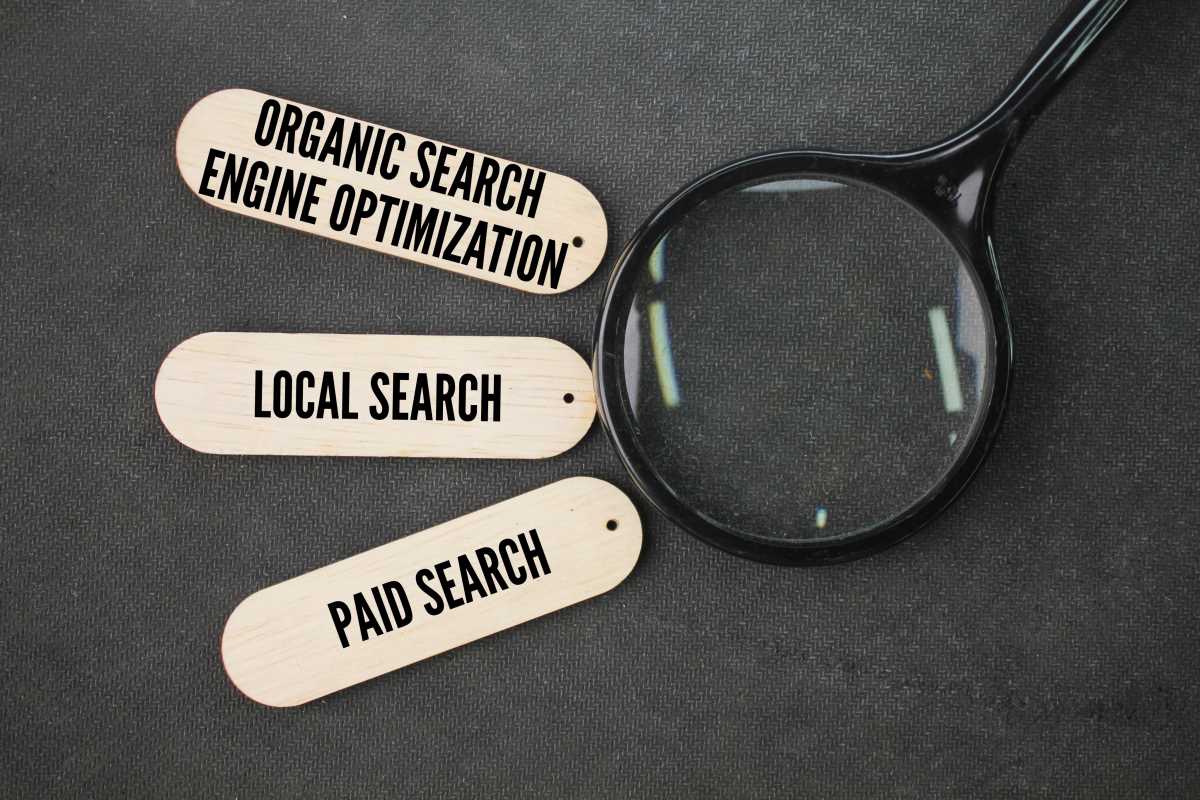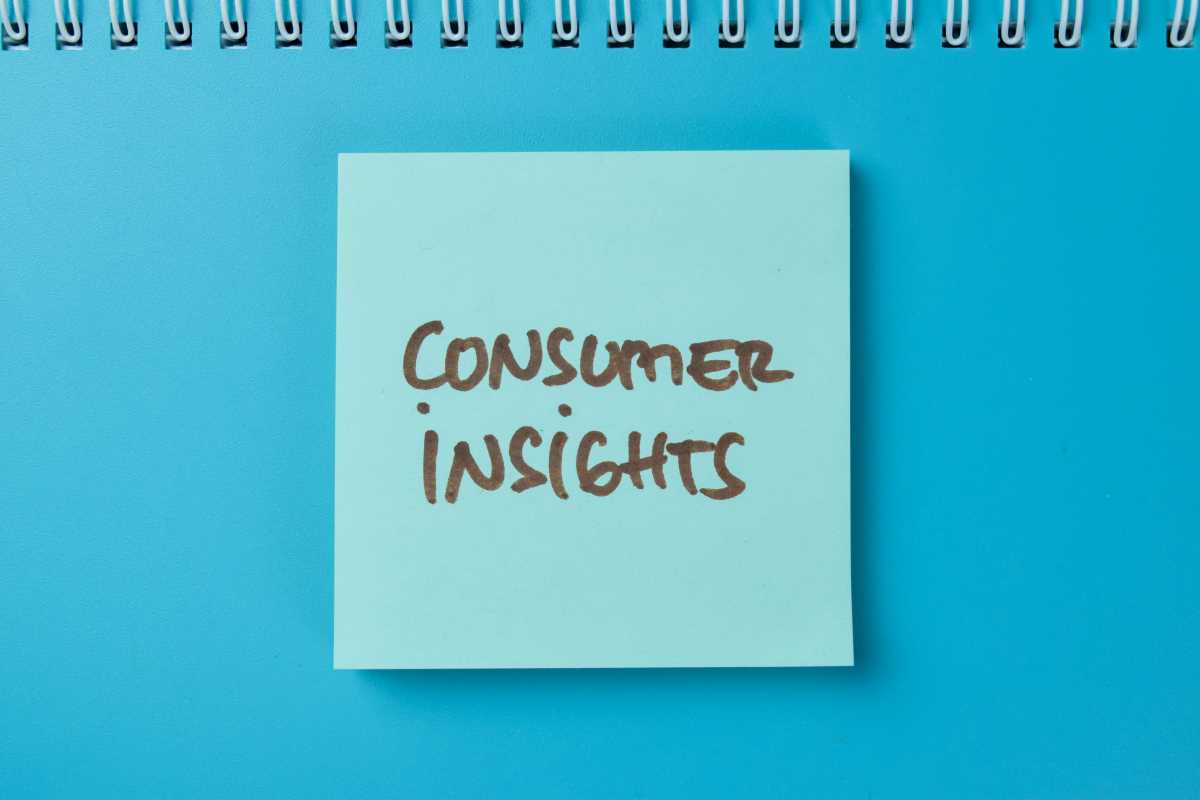In the world of digital marketing, we often operate in silos. The SEO team works tirelessly to create content that ranks well on Google, bringing in a steady stream of "free" organic traffic. Meanwhile, the paid advertising team is busy building dedicated landing pages from scratch, hoping to create a design and message that converts visitors into customers. What if these two teams could join forces using an asset you already own? Take a look at your website's analytics. You likely have a few blog posts or informational pages that are absolute powerhouses, consistently attracting thousands of impressions and clicks from search engines every month. These pages have already proven their value. They resonate with your audience and have been unofficially endorsed by Google. By repurposing these high-impression organic pages into landing pages for your ad campaigns, you can leverage their existing authority and user trust to create a more effective, efficient, and profitable advertising strategy.
High-Impression Organic Pages Are a Goldmine
A traditional landing page for an ad campaign is often a blank slate. You create it based on assumptions about what you think will work. A high-performing organic page, on the other hand, is a proven winner. It comes with a built-in track record of success, offering several distinct advantages that can give your ad campaigns an immediate boost.
Built-In Trust and Authority
An organic page that ranks well on Google has already earned a degree of trust. Users arriving from a search engine see it as a credible, informational resource, not just a sales pitch. When you send ad traffic to this same page, some of that inherent authority carries over. Visitors are often more receptive to the content because it feels less like a hard sell and more like a helpful guide. This can lower their guard and make them more open to your message.
Proven Resonance with Your Audience
A page that gets high impressions and a strong click-through rate from organic search has demonstrated that its topic, title, and content are a great match for what your audience is looking for. The content has already passed a massive, real-world A/B test. You know for a fact that the subject matter is engaging. By using this page for your ad campaigns, you eliminate the guesswork involved in choosing a topic and angle, allowing you to build on a foundation that you know already works.
Improved Ad Quality Score
Ad platforms like Google Ads love relevance. A key component of your Quality Score is the landing page experience. High-performing organic pages are typically content-rich, well-structured, and provide significant value to the reader. They are exactly the type of pages Google wants to send its users to. Sending ad traffic to a comprehensive, relevant blog post instead of a thin, sales-focused landing page can lead to a better landing page experience score. A higher Quality Score, in turn, can lead to a lower cost-per-click (CPC) and better ad placements.
Cost and Time Efficiency
Creating a new landing page from scratch for every ad campaign takes time and resources. You need designers, copywriters, and developers to build and launch it. By leveraging an existing, high-performing page, you can get a campaign live much faster. While some optimization is necessary, the bulk of the content creation is already done, saving you valuable time and money.
How to Optimize Your Organic Traffic
You can't just point an ad to your most popular blog post and hope for the best. An organic page is built for information, while a landing page is built for action. To successfully merge the two, you need to make some strategic optimizations to guide ad traffic toward a specific conversion goal without alienating your organic visitors.
1. Add a Clear, Above-the-Fold Call to Action (CTA)
Visitors arriving from an ad need immediate direction. The very first thing they see when they land on the page, before they even start scrolling ("above the fold"), should be a clear and compelling call to action. This could be:
- A "hero" section with a strong headline and a button.
- A sticky banner at the top of the page.
- A well-designed form to download a resource.
This CTA should be directly related to the ad. For example, if your ad promotes a "free guide to social media marketing," the CTA on your popular social media marketing blog post should be a prominent button to download that guide.
2. Weave In Contextual CTAs Throughout the Content
As visitors read down the page, you have more opportunities to prompt them to convert. Instead of relying on a single CTA at the top or bottom, place relevant calls to action within the body of the content itself. These can be text links, buttons, or small graphical banners. For instance, after a section explaining the importance of content calendars, you could insert a CTA that says, "Ready to get organized? Download our free content calendar template here." This makes your offer a logical next step in the reader's journey.
3. Use Pop-ups and Slide-ins Intelligently
While pop-ups can be annoying if used improperly, they are incredibly effective when timed correctly. Instead of showing a pop-up the second a visitor lands, use an exit-intent trigger. An exit-intent pop-up appears only when the user's cursor moves toward the back button or to close the tab. This gives you one last chance to present your offer without interrupting their reading experience. You could offer a discount, a free resource, or an invitation to a webinar.
4. Optimize the Page for a Single Conversion Goal
A typical blog post might have dozens of links leading to other articles, your social media profiles, and various other pages. While this is great for organic user experience, it can be distracting for ad traffic. For the version of the page you show to ad visitors, consider simplifying the navigation or even removing it entirely. The goal is to create a more focused experience with a clear path toward the one action you want them to take. Tools like Google Optimize or Unbounce allow you to create variants of a page and show a different version to ad traffic versus organic traffic.
5. Ensure Message Match Between the Ad and the Page
This is crucial. The headline, copy, and offer in your ad must be directly reflected on the landing page. If your ad promises a "50% Discount on Your First Order," the headline on the page should reinforce that exact offer. Any disconnect between the ad's promise and the landing page's content will cause confusion and lead to a high bounce rate, wasting your ad spend and hurting your Quality Score.
Testing and Refining Your Hybrid Landing Pages
The process doesn't end once you've optimized your page. To maximize your results, you need to continuously test and refine your approach based on data.
Set Up Conversion Tracking
Before you spend a single dollar on ads, make sure you have conversion tracking set up correctly. You need to be able to measure how many visitors from your ad campaign are completing your desired action (e.g., filling out a form, making a purchase). This data is essential for understanding what is working and what isn't.
A/B Test Your Calls to Action
Don't assume your first CTA is the best one. Create A/B tests to experiment with different versions. You can test:
- Button Color: A simple change from blue to green can sometimes have a surprising impact.
- CTA Copy: Test "Download Now" vs. "Get Your Free Guide" vs. "Send Me the Guide."
- Placement: Does a CTA at the top of the page perform better than one that slides in from the side?
Small, iterative tests can lead to significant improvements in your conversion rate over time.
Use Heatmaps to Understand User Behavior
Tools like Hotjar or Crazy Egg can create heatmaps of your page, visually showing you where users are clicking, how far they are scrolling, and what parts of the page they are ignoring. This is an incredibly valuable way to diagnose problems. If you see that 90% of your visitors aren't scrolling far enough to see your main CTA, that's a clear sign you need to move it higher on the page.
Create Different Versions for Different Traffic Sources
Remember that organic traffic and paid traffic have different mindsets. Organic visitors are often in a research mode, while paid visitors may have a more immediate intent. As you get more advanced, you can create slightly different versions of your page for each audience. The organic version can keep all its helpful internal links and broader navigation, while the paid version can be more focused and stripped-down, guiding the user directly to the conversion goal.
 (Image via
(Image via





